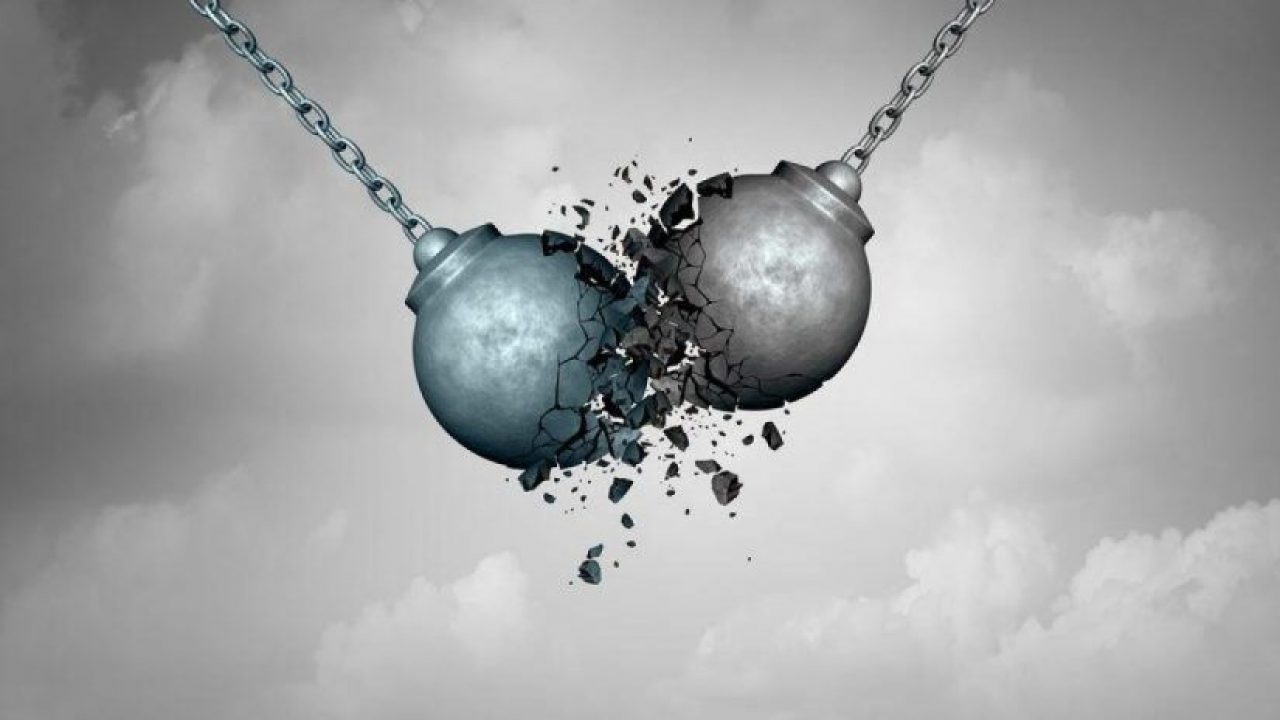What Does GlobalFoundries Hope to Achieve?
Article By : Barbara Jorgensen

Distributors have no direct influence on technologies associated with their suppliers' components, but GlobalFoundries' goal could be to irritate TSMC customers.
Who knew distributors would also get dragged into the IP battle between two major foundries?
Three electronics distributors have been ensnared in GlobalFoundries’ patent suit against TSMC and its customers, escalating stress on an already-jittery global electronics supply chain.
GlobalFoundries filed 25 lawsuits in the U.S. and Germany against 20 major companies alleging patent infringement of 16 of its semiconductor device and manufacturing technologies used by TSMC. Distributors Avnet Inc./EBV, Digi-Key and Mouser Electronics have been named among the defendants.
Distributors represent many of the component makers named in the lawsuit — such as Qualcomm and Xilinx — and sell to many of the OEMs. The litigation only ratchets up global supply chain uncertainty.
The first half of 2019 has been a reversal of the robust demand environment the channel has enjoyed since 2017. Forecasts have softened in all global regions — the Americas, EMEA and Asia-Pacific. Component prices have increased as suppliers and distributors pass tariff costs on to their customers even as inventory is building. And top-tier component makers’ revenue will be hit if they are fully banned from selling to Chinese telecom giant Huawei. The U.S. deems Huawei a security risk.
More than 130 U.S. companies have applied for special licenses that allow them to sell products and services to Huawei.
Recommended
Global GlobalFoundries/TSMC Spat Holding the Industry Back
Harassing TSMC customers
Distributors have no direct influence on technologies associated with their suppliers’ components. Nevertheless, casting a wide net for defendants is a fairly common tactic in intellectual property litigation, Ted Bauman, economist and senior research analyst at Banyan Hill Publishing, told EPSNews. “The goal is to irritate and harass TSMC customers into putting pressure on the former to settle quickly with GlobalFoundries.”
The strategy has been successful. This week, Seoul Semiconductor Co., Ltd. won a patent infringement lawsuit in Germany against Mouser, which distributed “certain accused LED products.” The product — a 2835 (2.8×3.5mm) LED package — was manufactured by Everlight Electronics Co.
The District Court of Düsseldorf in Germany issued a permanent injunction against the sales of the accused Everlight products and ordered the distributor to recall such products sold after February 2017 from commercial customers.
Likewise, GlobalFoundries seeks orders that will prevent semiconductors made by TSMC from being imported into the United States and Germany. The lawsuits require GF to name customers of TSMC who import products that incorporate the allegedly infringing technology. Defendants named in the TSMC cases include Apple, Asus, Broadcom, Cisco, Google, HiSense, Lenovo, Mediatek, Motorola, Nvidia, Qualcomm and Xilinx.
Bauman believes the impact on the supply chain will be minimal. “I think this is fundamentally a case of patent trolling by a company that is losing market share to TSMC and Samsung,” he said. “Given the importance of TSMC in the global electronics supply chain, it’s highly unlikely that any interested parties would allow this to proceed to judgment. If there is any basis to GlobalFoundries accusations, they are more likely to reach a settlement.”
Anti-China sentiment
It also appears GF is riding the coattails of anti-China sentiment as the United States and China wage a bitter trade war.
“Well, exactly,” said Bauman. “They’re going to struggle to do that, though, because GlobalFoundries is not a U.S.-owned company. It’s owned by an investment firm in Abu Dhabi. Language like ‘how did we let this happen,’ and that their suit was ‘designed to protect the manufacturing base of America’ isn’t going to fool anyone.”

The suit is likely to drag on for distributors, which have guidelines addressing component makers and their IP. “These situations are typically covered by indemnification clauses in the distribution agreement,” said Robin Gray, chief operating officer and general counsel for the Electronic Components Industry Association (ECIA). “The distributor notifies the product’s manufacturer of the allegation, which triggers the indemnification clause. The end result is that the distributor is removed from further involvement.”
However, he added, the distributor might become actively involved in patent infringement litigation if the distributor manufactures or performs a value-added service on the product.

“Without commenting specifically on an active situation that we have just recently been made aware of, I can speak in more general terms,” said David Doherty, president of Digi-Key.
One of the most-used assets from distribution trade associations NEDA and ECIA has been a published guideline to a standard manufacturer–distributor agreement, Doherty said. “This set of guidelines is often used in its entirety, without modifications, as it contains all the standard clauses in a typical agreement. A key tenet within the agreement is a bilateral indemnification clause. There is often very little debate or negotiation as it has joint benefits to both parties.”
When a situation arises involving litigation (as in Germany) or the threat of litigation — in Germany — the language is clear, Doherty explained. “Manufacturers have clear ownership to their IP and everything associated with it. The distributor has no rights to the underlying technology of the components sourced from the manufacturers they represent. A distributor cannot on its own defend or settle with a plaintiff. The distributor’s role is to promptly notify the manufacturer of any outside notice it receives in this area and then essentially step away from the process.”
Similarly, the distributor typically indemnifies the manufacturer for any alteration or value add that has occurred that modifies the part in any way from its original form, fit or function, Doherty concluded.
Disrupt Supply?
Some experts believe the lawsuit could disrupt supply. GF’s suit could slow orders for TSMC, VLSI Research CEO Dan Hutcheson told EE Times. Bauman points to Taiwan as a key source of components and materials if the U.S.-China trade war continues.
“I have no idea of the merits of this lawsuit,” he added, “but to me it smells like a case of a company trying to squeeze the last few drops of income out of a failing business line. GlobalFoundries gave up trying to manufacture 5 nm microchips last year, ceding the entire market to TSMC. So, at this point, GlobalFoundries owners’ only real hope of achieving further return on their investment is through a patent lawsuit.”
Subscribe to Newsletter
Test Qr code text s ss


